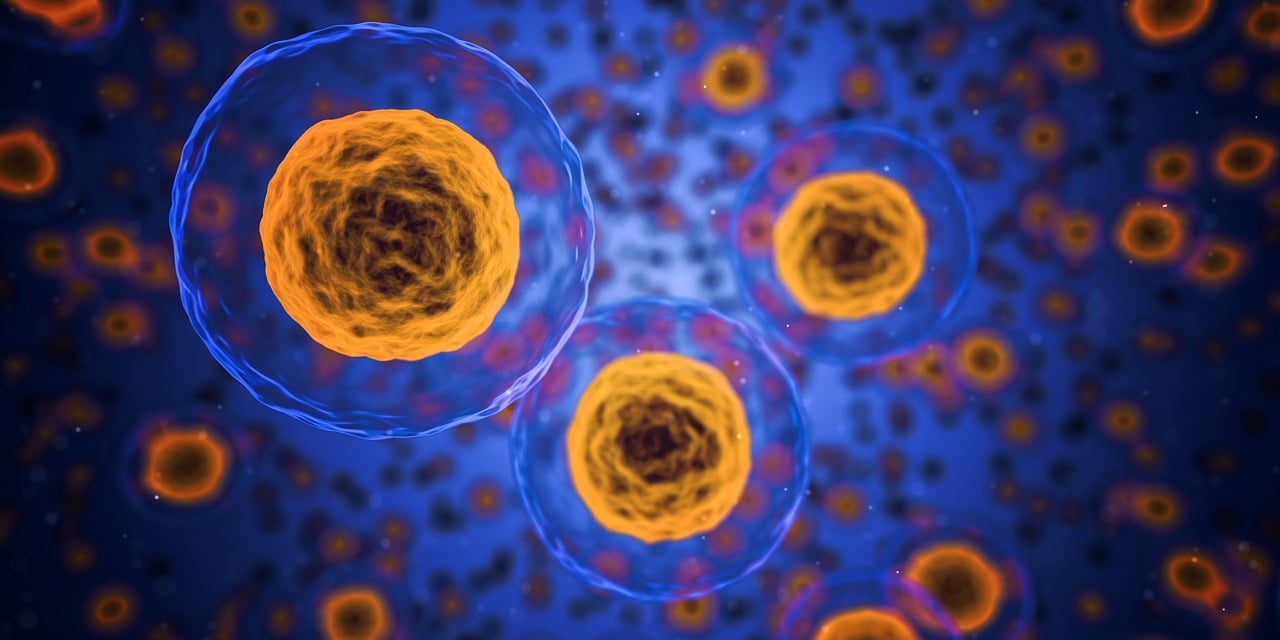AP Biology 🧬
358 resourcesSee Units
Multiple Choice Practice for Cellular Energetics
Welcome to Unit 3 AP Biology Multiple Choice Questions! Grab some paper and a pencil 📄 to record your answers as you go. You can see how you did on the Unit 3 Practice Questions Answers and Review sheet once you're done. Don't worry, we have tons of resources available if you get stumped 😕 on a question. And if solo study is not your thing, join a group in Hours!
Not ready to take a quiz yet? Take a look at the Intro to Unit 3.

Image courtesy of Pixabay
Facts about the test: The AP Biology exam has 60 multiple choice questions and you will be given 1 hour 30 minutes to complete the section. That means it should take you around 15 minutes to complete 10 questions.
The following questions were not written by College Board and although they cover information outlined in the AP Biology Course and Exam Description the formatting on the exam may be different.
A. Amino Acids
B. Monosaccharides
C. Nucleotides
2. The most important part of an enzyme's structure is the:
A. Sequence of hydrogen bonding
B. Sequence of nucleotides
C. Allosteric site
D. Active site
3. Noncompetitive inhibitors bind to the:
A. Sympatric site
B. Allopatric site
C. Allosteric site
4. Enzymes operate their best at optimal environmental conditions specific for the type of enzyme. Pepsin, an enzyme found in the stomach most likely operates best at a pH of:
A. 1-3
B. 6-7
C. 9-11
5. Which best describes what happens when an enzymes gets denatured?
A. The peptide bonds between amino acids break
B. The enzyme unfolds as secondary, tertiary, and quaternary structures become disrupted
C. The primary structure unravels
6. Students disagree on whether or not photosynthesis occurs in organisms other than plants. Choose the correct understanding of this:
A. Only plants can perform photosynthesis
B. Plants, fungi, and all protists can undergo photosynthesis
C. Plants and animals can both perform photosynthesis
D. Plants are NOT the only organism that can undergo photosynthesis. Photosynthetic bacteria like cyanobacteria were among the first organisms to harvest light energy to make organic molecules
7. Redox reactions involve a transfer of electrons where one molecule loses electrons as another gains electrons. In photosynthesis which reactant is oxidized?
A. Water
B. Oxygen
C. Carbon Dioxide
8. All organisms can use this process to generate ATP
A. ETC
B. Glycolysis
C. Aerobic cellular respiration
9. Biologically speaking, the purpose of fermentation is
A. to regenerate ATP
B. to reduce NAD+ and FADH
C. to recycle NAD+ and FADH
10. In an incredible process, water is split (breaking a strong polar covalent bond) in order to replace electrons during:
A. Krebs cycle
B. glycolysis and Krebs cycle
C. the citric acid cycle
11. Where does the electron transport chain occur in photosynthesis and cellular respiration respectively?
A. mitochondrial matrix: thylakoid
B. stroma: mitochondrial matrix
C. thylakoid membrane: mitochondrial cristae
12. Where is the pH the lowest in a mitochondria during cellular respiration?
A. the matrix
B. the stroma
C. the thylakoid
13. Oxidative phosphorylation generates the most ATP for an anaerobically respiring cell. What two events occur during this process?
A. Krebs cycle and ETC
B. ETC and chemiosmosis
C. Glycolysis and Krebs cycle
14. The fitness of an organism is directly related to
A. How well it can survive and reproduce in its environment
B. How well it can metabolize organic materials from the environment
C. How well it can adapt to fit it's environment
15. Plants contain a variety of pigments capable of absorbing light. Why is this biologically beneficial?
A. It allows the ETC during the Calvin cycle to improve efficiency
B. it creates an environment of lower pH to establish the electrochemical gradient
C. different pigments produce beautiful colors in autumn
D. different pigments absorb varying wavelengths of light, giving plants a broader range for light absorption
- 🙌 Time to check your answers on Unit 3 Practice Questions Answers and Review.
- 🤝Connect with other students studying AP Bio with Hours.
Browse Study Guides By Unit
🧪Unit 1 – Chemistry of Life
🧬Unit 2 – Cell Structure & Function
🔋Unit 3 – Cellular Energetics
🦠Unit 4 – Cell Communication & Cell Cycle
👪Unit 5 – Heredity
👻Unit 6 – Gene Expression & Regulation
🦍Unit 7 – Natural Selection
🌲Unit 8 – Ecology
👏General Review
🧐Multiple Choice Questions (MCQ)
✍️Free Response Questions (FRQ)
📆Big Reviews: Finals & Exam Prep

Fiveable
Resources
© 2023 Fiveable Inc. All rights reserved.